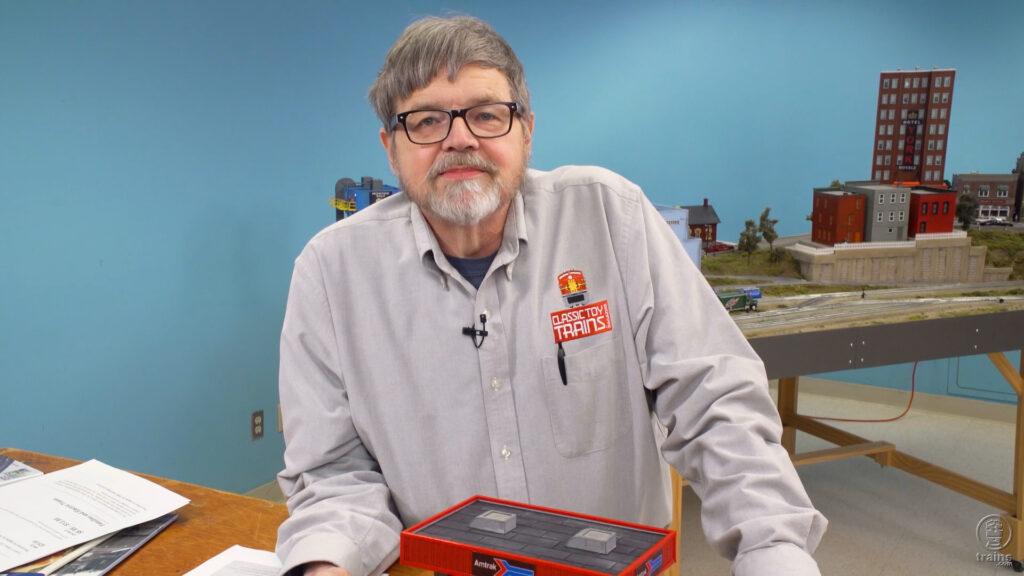
Bob Keller is back with an all-new Bob’s Train Box, Episode 69! He and CTT editor Hal Miller take a look at Lionel’s new Vision Line Western Pacific GS-6 steam locomotive to see what makes this O gauge beauty tick (and whistle, and steam)! Bob also examines Menards’ O scale Amtrak station, the Guide to […]
Read More…
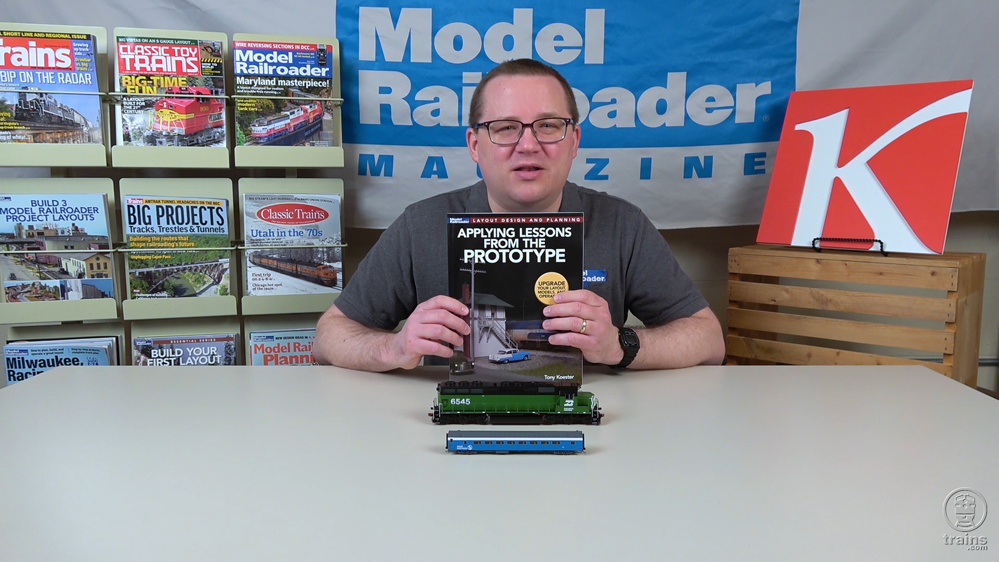
Cody shares the new RailSmith Models N scale Great Northern lightweight coach, ScaleTrains.com’s HO scale EMD SD45, Tony Koester’s new book from Kalmbach Media, Applying Lessons from the Prototype, a modeling tip and viewer mail. […]
Read More…
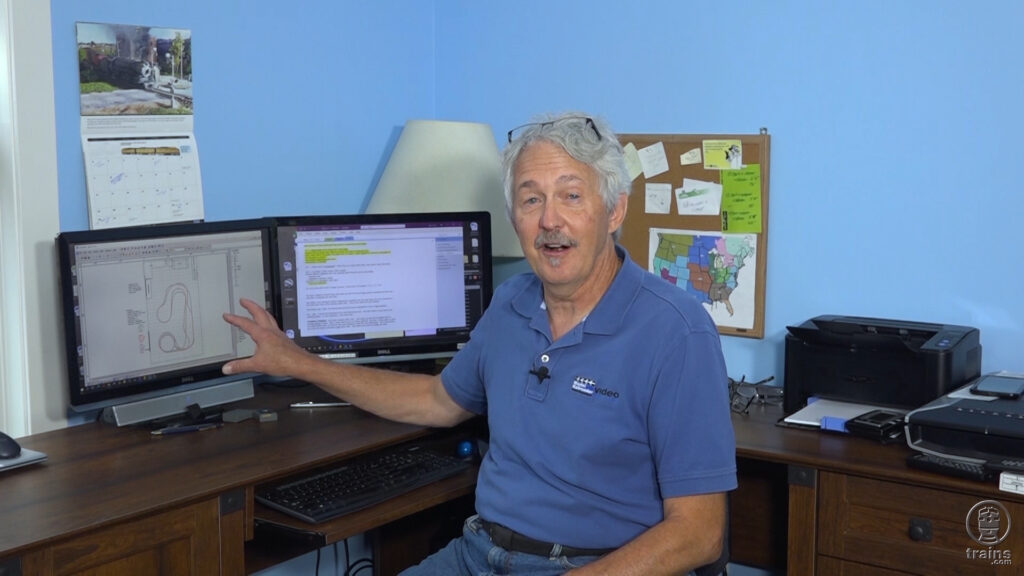
In this episode, our host takes up the challenge of selecting the ideal design for his unique, custom-built layout space. Follow along, as Gerry walks and talks you through his process for auditing the wide assortment of plans he created using computer-aided design (CAD) software. […]
Read More…
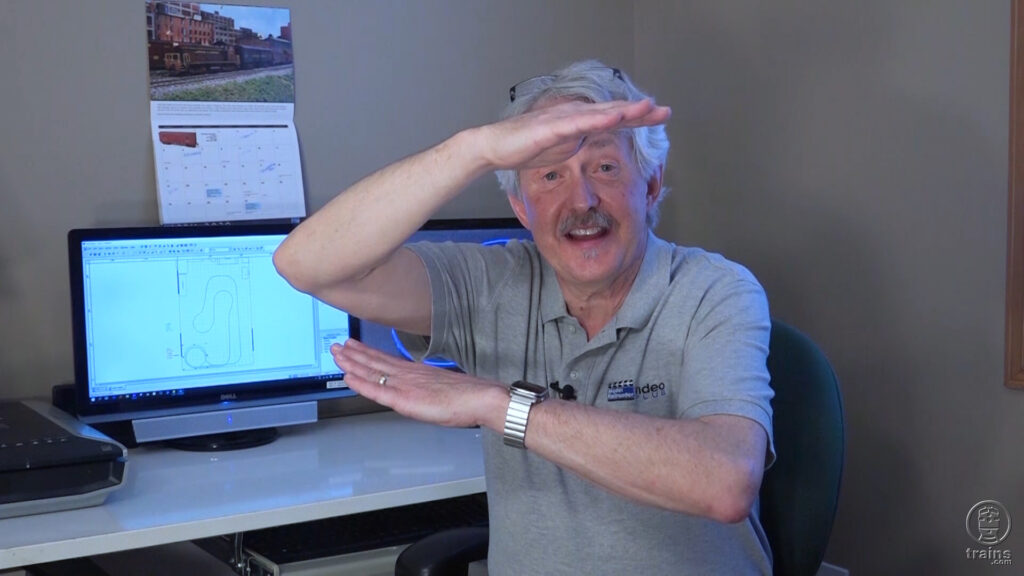
Off the Rails host Gerry Leone has re-railed and is gaining traction in this Trains.com exclusive series, Back on Track. From his new home in the Upper Midwest, members can follow Gerry as he walks, talks, and works his way through planning and building an all-new, double-deck model railroad in HO scale. First order of business? […]
Read More…
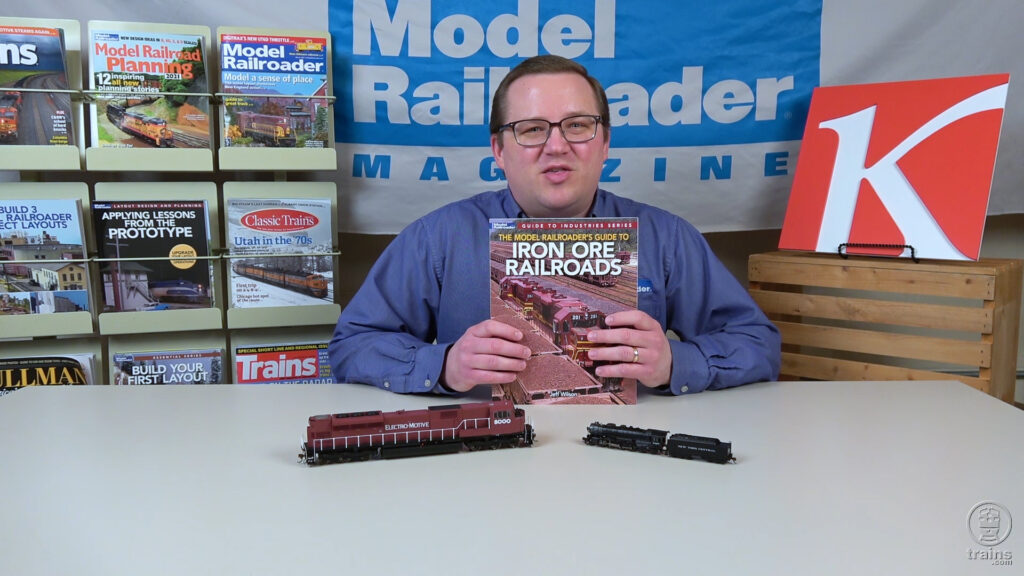
In this installment, Cody test-runs Bachmann’s new sound-equipped N scale New York Central 4-6-4 Hudson, as well as Athearn’s Genesis 2.0 HO scale SD80MAC. He also looks at Jeff Wilson’s latest book, The Model Railroader’s Guide to Iron Ore Railroads. In addition, Cody shares tips about using Rails Unlimited reproduction railroad industry directories to improve […]
Read More…
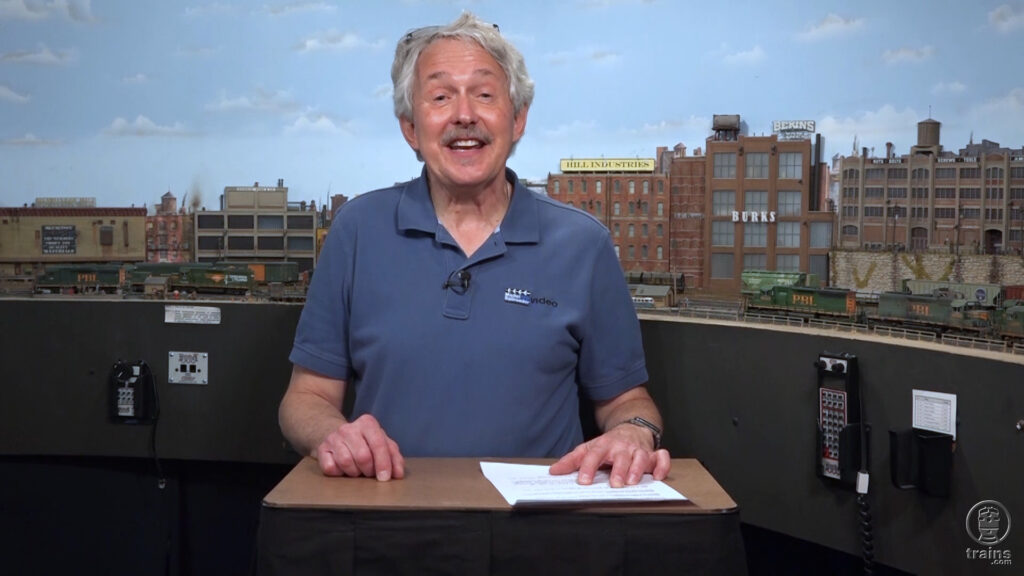
Just when you thought there couldn’t be any more Model Railroader Construction Kinks left on the planet, host Gerry Leone just unearthed the final remnants — a.ka. The Missing Kinks! Learn from these timeless workbench and layout building insights, and enjoy Gerry’s helpful demonstration of their usefulness. […]
Read More…
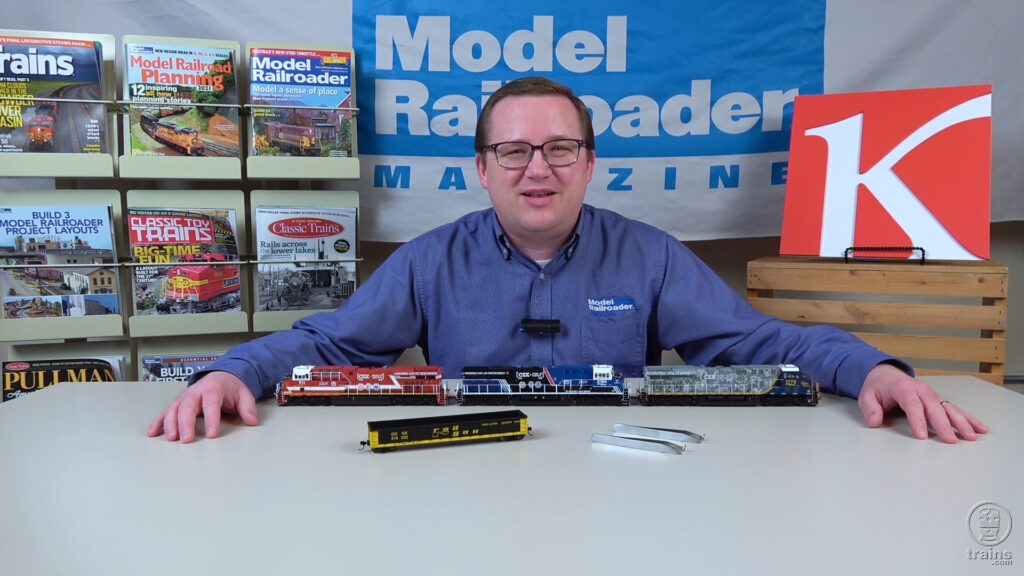
Cody shares ScaleTrains.com’s CSX Pride of Service General Electric ES44AH locomotives, WalthersMainline’s 53′ RailGon gondola, Flexifile’s precision trimmers, a modeling tip, and viewer mail. […]
Read More…
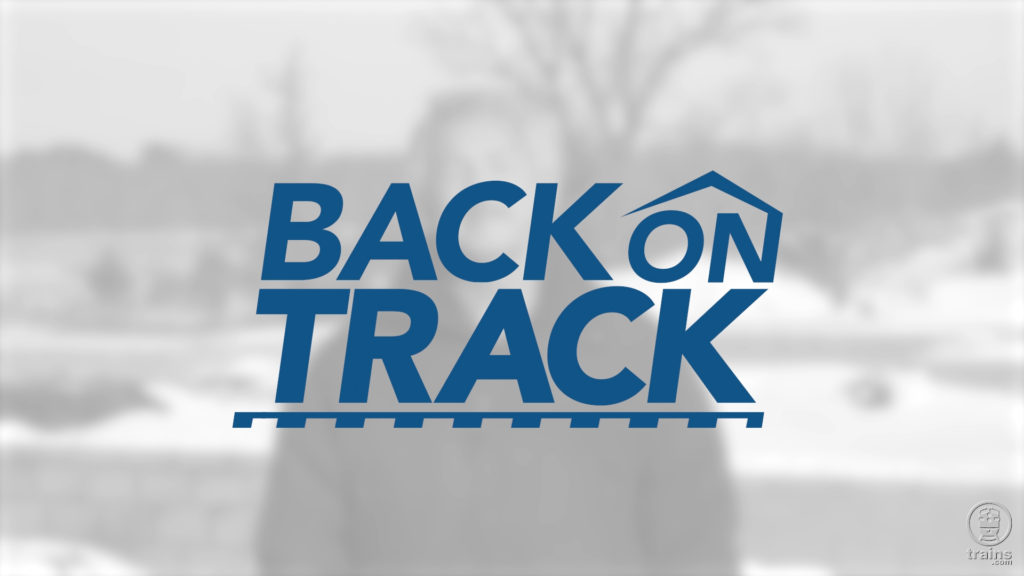
From his Off The Rails series, we’ve discovered that Master Model Railroader Gerry Leone is quite prone to getting derailed. And ever since he’s torn down his model railroad, we’ve had even more reason to wonder about him. But no need to worry, he’s right Back On Track constructing a new home…and a new layout […]
Read More…
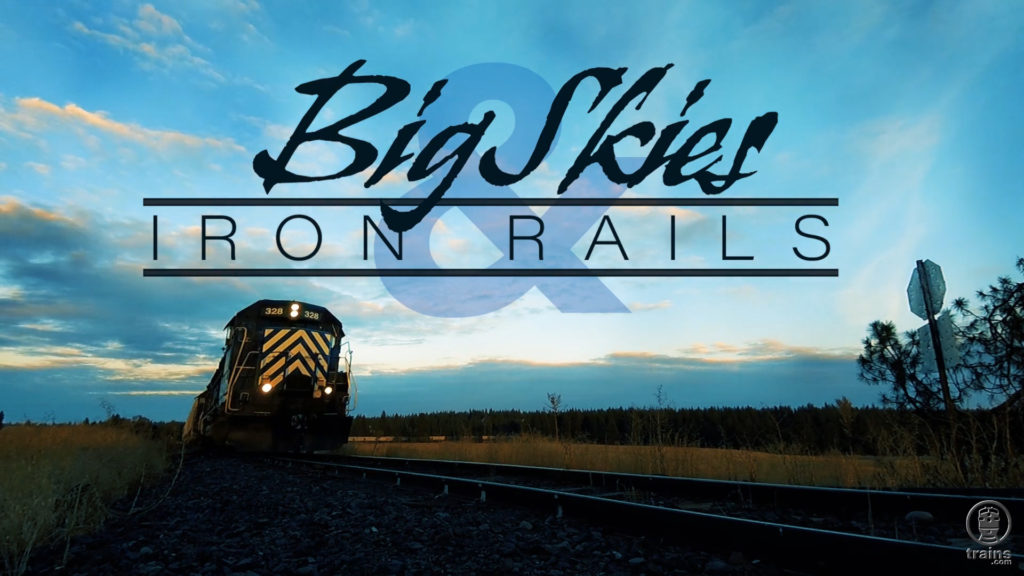
Railfans and model railroaders alike will enjoy this ethereal approach to capturing the stunning natural vistas and railroads of the American West. Beginning with this Autumn episode of an all-new, seasonal series by photographer/videographer Tom Danneman, you’ll be immersed in extended-length footage of contemporary trains working through expansive scenes, and even bigger, broader skies. Available […]
Read More…
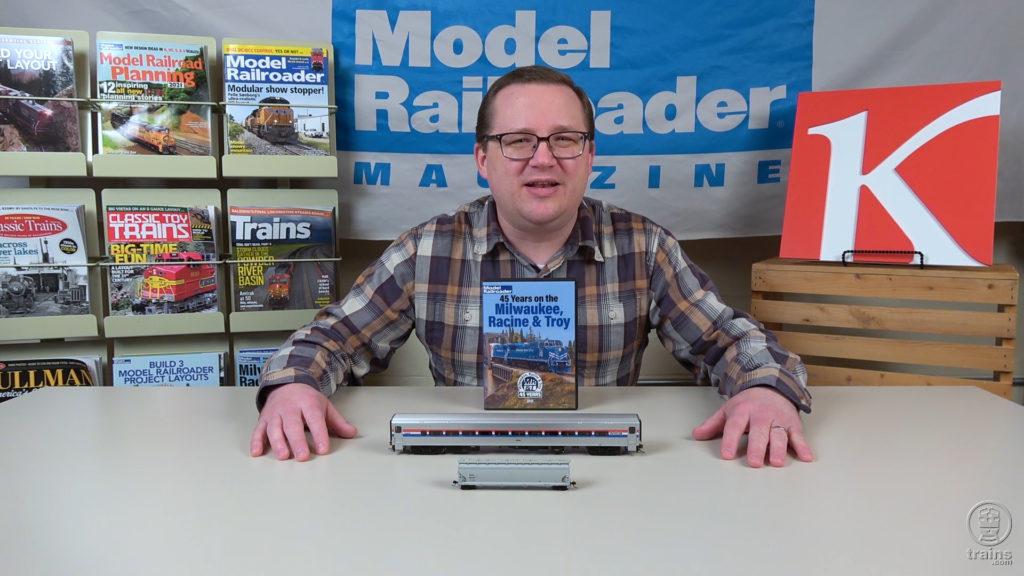
This time Cody shares Rapido’s new HO scale Amtrak Horizon passenger cars, Atlas’s N scale ACF 5,800 cubic-foot covered hoppers in new paint schemes, and the new 45 Years on the Milwaukee, Racine & Troy DVD, plus a modeling tip and viewer mail! […]
Read More…
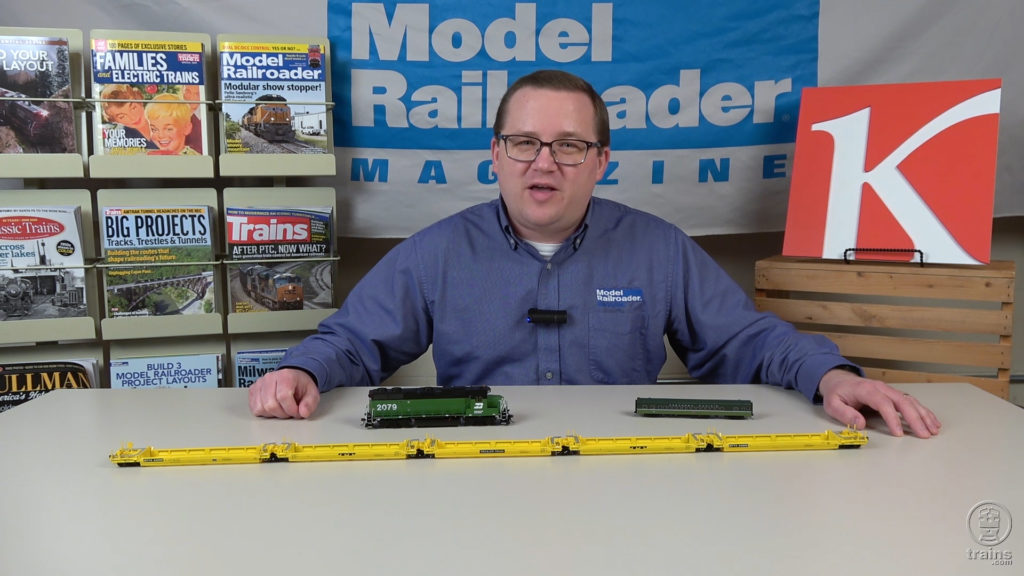
Cody’s Office is back with ScaleTrains.com’s HO scale Pullman-Standard/Trinity Backpacker 5-unit well car, RailSmith’s N scale lightweight coach, and Athearn Genesis’s EMD GP38-2, plus a modeling tip and viewer mail! […]
Read More…
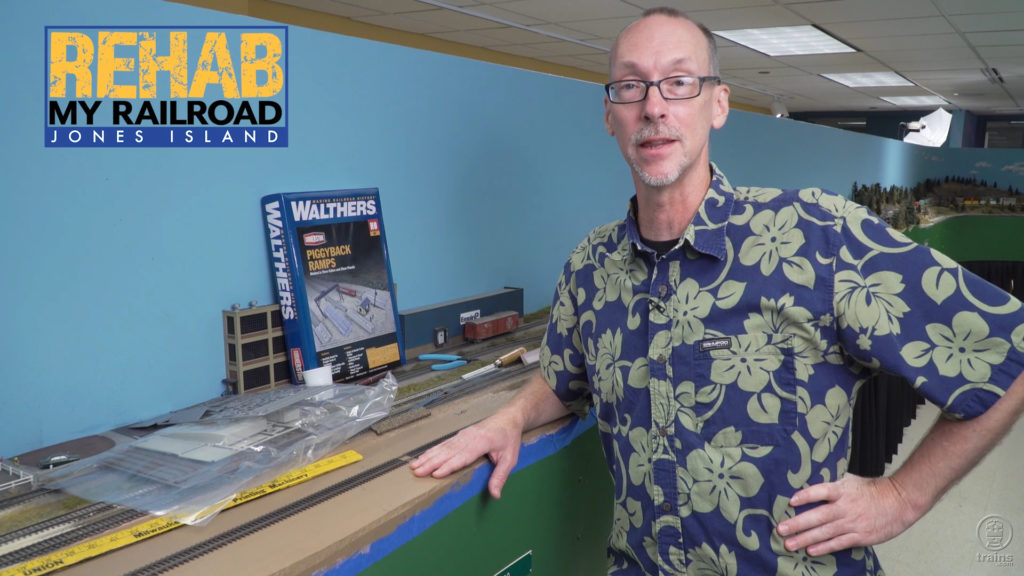
More work along the Mukwonago layout location. The session starts with David installing trackwork for the industrial spur at this site, while Cody continues prepping the structure itself. Adding realistic details to the track, pavement, structure, and surrounding area is also part of the process in this episode of the Jones Island rehab effort. […]
Read More…












